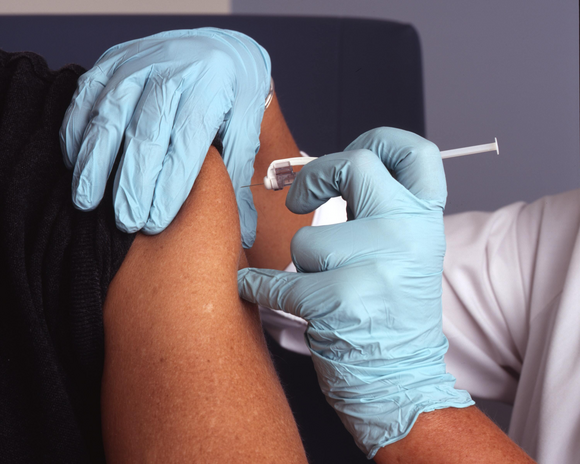There is a new, more transmissible COVID variant, which is known as B.1.1.7, that is taking over the United States. This variant, which was first reported within the United Kingdom, has a large number of mutations. It has already made its way into the United States and is starting to raise alarm among scientists and other experts.
According to the CDC, there are currently over 1500 reported cases of B.1.1.7 cases within the US, with 42 reporting states. Florida currently has the highest number of cases, reporting 433 cases, with California behind with only 195 cases, while Georgia has only reported 79 cases. In Florida, the new study has shown that the variant is spreading particularly quickly, which makes experts fear that a new surge will hit even sooner than the rest of the country.
According to the CDC, the B.1.1.7 variant has several mutations, one being at the receptor-binding domain (RBD) of the spike protein at position 501, which scientists are naming “N501Y.” These mutations have caused the variant to be associated with increased transmissibility, which means there is a more efficient and rapid transmission. Experts have estimated that the transmission rate of B.1.1.7 in the United States is 30 to 40 percent higher than that of other more common variants. Scientists from the UK have reported that, “evidence suggests the B.1.1.7 variant may be associated with an increased risk of death compared with other variants.”

New evidence from the CDC has shown that “the modeled trajectory of this variant in the U.S. exhibits growth in early 2021, becoming the predominant variant in March.” They also state that the increased SARS-CoV-2 transmission could “threaten health care resources, require extended and more rigorous implementation of public health strategies, and increase the percentage of population immunity required for pandemic control.”
One way that experts believe can slow the spread of this new variant is to increase vaccinations. There is a rush to get people vaccinated because there is a smaller chance of the virus mutating with more vaccinations. The longer it takes for vaccinations to be given, the greater the chance of the variant becoming resistant to the vaccine, making it ineffective. In Britain, researchers have found samples of B.1.1.7 that have gained a new mutation with the potential to make vaccines less effective.
According to a New York Times article, Israel’s vaccination efforts have resulted in “new cases, severe illnesses and hospitalizations have already dropped significantly in people over 65, a group that was given top priority for vaccines.” This shows that the vaccine is effective and can protect against the new variant. However, when the vaccine is not given out as quickly, the variant has the potential to mutate and does.
The CDC recommends taking measures now to reduce the transmission which would lessen the potential impact of B.1.1.7, which would give more time to increase vaccination rates. They also recommend continuing with the public health measures “including vaccination, physical distancing, use of masks, hand hygiene, and isolation and quarantine,” which will be essential in limiting the spread of SARS-CoV-2, or COVID-19.
Want to see more HCFSU? Be sure to like us on Facebook and follow us on Instagram, Twitter, TikTok, Youtube and Pinterest!



